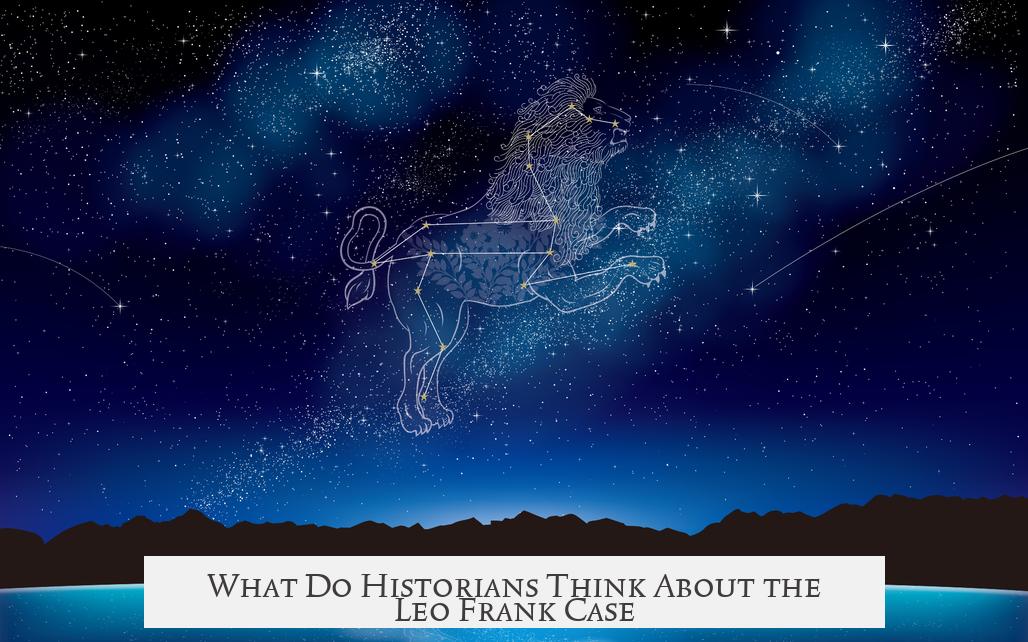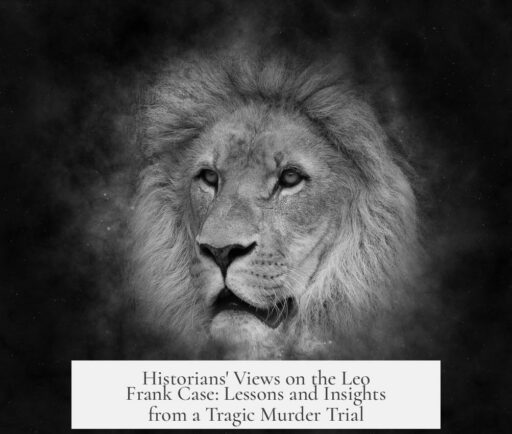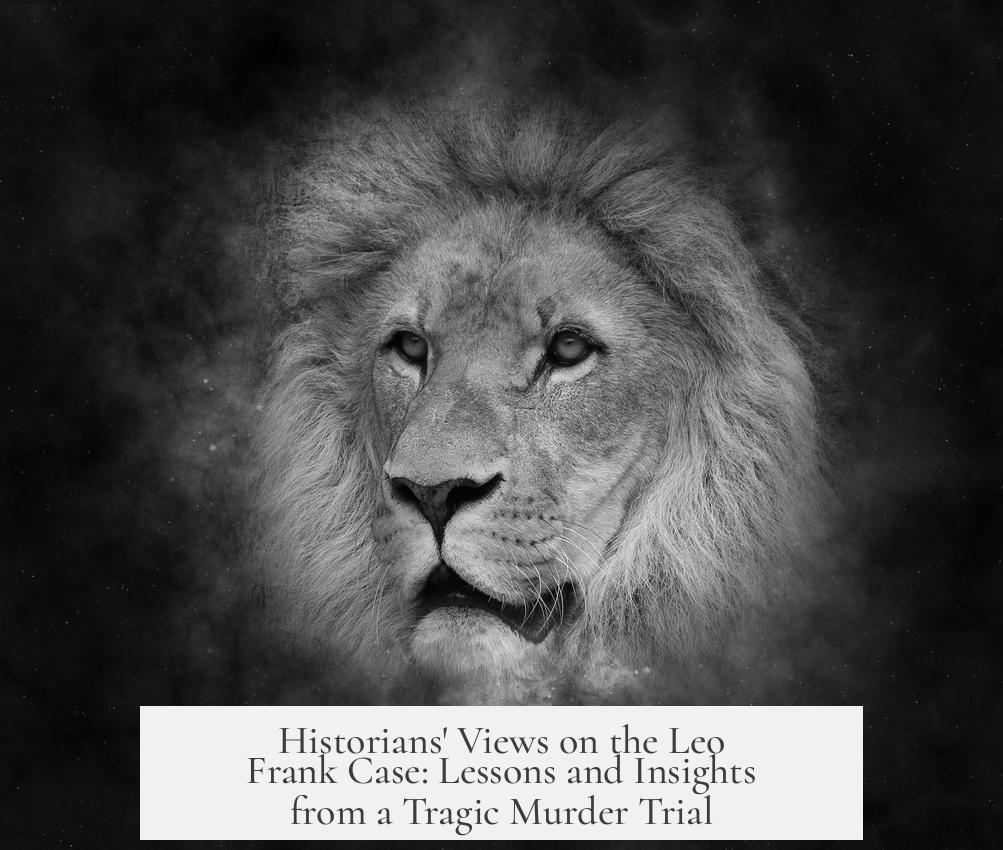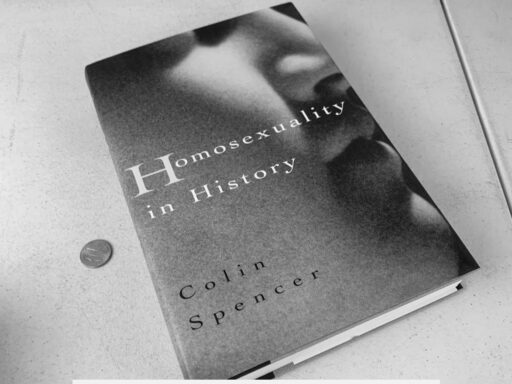Historians generally agree that Leo Frank was wrongly accused of the murder of Mary Phagan, with evidence pointing to Jim Conley, the factory janitor who testified against Frank, as the actual murderer. Most scholars underline serious flaws in the investigation and trial process that led to Frank’s conviction.
Jim Conley’s testimony formed the backbone of the prosecution’s case but was deeply unreliable. Conley changed his story multiple times. Historians highlight that the trial environment was far from impartial. Thousands of spectators gathered, creating a hostile atmosphere, with openly antisemitic slogans shouted, such as “Hang the Jew.” This environment undermined a fair trial.
Many key pieces of evidence were mismanaged or disregarded. For example, the so-called “death notes,” crucial in the investigation, were handled first by journalists before officials could dust them for fingerprints, contaminating the evidence. Other important facts were overlooked or ignored, showing the investigation’s lack of rigor and bias against Frank.
Later, even individuals intimately connected to the trial doubted its fairness. Conley’s own lawyer became convinced of Frank’s innocence, as did the presiding judge. Their doubts underline how the legal process failed in delivering true justice.
Years after the conviction, the governor of Georgia intervened. He reviewed over 10,000 pages of documents and personally visited the factory. His action to commute Frank’s death sentence to life imprisonment demonstrated recognition that the trial was flawed. The pardon board’s decision to pardon Frank was not an outright declaration of his innocence but rather based on the fact that his lynching deprived him of due process under the law.
The aftermath of Frank’s conviction intensified tensions. Martial law was declared due to widespread unrest. Frank was lynched by a mob in 1915, an act outside legal boundaries but reflective of deep social and racial hostilities of the era.
Decades later, a former factory worker claimed to have witnessed Conley carrying Mary Phagan’s body on the day of the murder. This witness had been threatened by Conley, remained silent at the time, and was never interviewed by police. This testimony, emerging long after, supports the historians’ view that Conley was likely the murderer.
The case also symbolizes broader societal dynamics. The South was undergoing rapid industrial change, moving away from agriculture to urban factory work. Leo Frank, a Northern Jewish man and factory manager, represented this shift. His identity and role became focal points for Southern anxieties about cultural change.
Antisemitism played a significant role. At the time, Jews in America occupied an ambiguous racial status often described as “quasi-whiteness.” Racial identities, especially in the South, were rigidly drawn along white-black lines shaped by a legacy of slavery. Jews were marginalized and racialized in ways that fueled suspicions and hostility.
Prominent figures, like politician Tom Watson, used virulent antisemitic rhetoric to inflame public opinion against Frank. Studies like Arthur Abernethy’s “The Jew a Negro” in 1910 framed Jews as racially inferior and mixed with African descent, further deepening social divides. Only after World War II did American society increasingly accept Jews as part of the white majority.
| Aspect | Historical Viewpoint |
|---|---|
| Frank’s Guilt | Historians agree Frank was innocent. |
| Actual Murderer | Jim Conley, unreliable testimony but probable culprit. |
| Trial Environment | Biased, antisemitic atmosphere with mob-like conditions. |
| Evidence Handling | Mishandled and disregarded crucial evidence. |
| Political Intervention | Governor commuted sentence partly due to trial flaws. |
| Posthumous Developments | Additional witness statements emerged decades later. |
| Social Context | Reflects Southern societal changes and antisemitism. |
The Leo Frank case remains a landmark example of injustice fueled by racial and cultural anxieties. Historians view it as a miscarriage of justice influenced by social tensions, antisemitism, and flawed legal procedures.
- Frank was wrongfully convicted due to unreliable testimony and a biased trial.
- Jim Conley was likely the true murderer according to historical consensus.
- Evidence was mishandled and suppressed, weakening the legal process.
- The pardon reflected deprivation of due process, not proof of innocence.
- The case highlights racial and antisemitic tensions in early 20th-century America.
- Political actions such as commuting the sentence revealed acknowledgment of trial injustice.
- The lynching was a violent culmination of social unrest and hatred.
What Do Historians Think About the Leo Frank Case?

Historians agree that Leo Frank was wrongly accused of murder, and the real culprit was Jim Conley, the factory janitor whose shifting testimony sealed Frank’s fate. This case, steeped in controversy and injustice, remains a stark example of miscarriage of justice shaped by social tensions and prejudice. But what makes historians so certain? And why does this case still captivate minds over a century later?
First things first: the conviction. It hinged almost entirely on the testimony of Jim Conley, who changed his story multiple times. Imagine the guy who holds the keys to your freedom can’t even keep his story straight. That’s a red flag loud enough to wake the dead—or at least make a reasonable person question the whole case.
The trial itself was less courtroom drama and more public spectacle. Thousands of spectators packed the venue, not just to hear facts but to jeer and shout slogans like “Hang the Jew.” This wasn’t a neutral environment by any stretch. The charged atmosphere surely poisoned any chance of impartial justice.
Adding to the chaos, important evidence was mishandled. Journalists grabbed the so-called “death notes” before police could dust them for fingerprints. Vital leads and facts were sidelined or ignored altogether. What’s a trial without proper evidence handling? Just an expensive, unjust mess.
Interestingly, even Conley’s own lawyer came around to believing Frank was innocent. The judge in the case, too, eventually harbored doubts. If both the defense lawyer and the judge recognized the flaws, it’s hard to dismiss the idea that Frank’s conviction rested on shaky ground.
Years later, the State of Georgia issued a pardon—not for Frank’s innocence, but because his lynching deprived him of due process. Think about that for a moment: his life was taken before justice could fully run its course. The pardon board’s refusal to declare him innocent speaks volumes about the complicated political and social pressures still surrounding the case.
Let’s not overlook the governor’s distinctive role in the story. After Frank’s conviction and a slew of unsuccessful appeals, the governor scrutinized 10,000 pages of documents and visited the factory himself. His decision to commute Frank’s sentence to life imprisonment stirred the pot nationwide. Newspapers on both local and national levels backed this move, which eventually led the governor to declare martial law—a rare and shocking step that underscores how tense the situation was.
One of the most compelling developments came nearly seventy years later. A man who worked at the factory as a boy admitted he saw Conley carrying Mary Phagan’s body the day she was killed. This witness, terrified of Conley’s threats, never told the police and kept silent but for his mother. Such firsthand accounts, although delayed, add layers to the historical consensus about Frank’s innocence and Conley’s guilt.
Why Did This Tragedy Happen? More Than Just a Murder Case
The Leo Frank case isn’t just about a wrongful conviction. It’s a window into early 20th-century Southern anxieties and racial dynamics. Frank wasn’t just a victim of injustice but a symbol of change unsettling the old South. Industrialization was forcing farmers into factories, and social norms were shifting. Women entered the workforce, and new cultural influences from the North, like Frank himself—a Cornell-educated Jewish man—sparked unease.
Jews in America occupied a strange place in racial hierarchy, often described as having “quasi-whiteness.” They faced exclusion yet also sought acceptance in white society, navigating complex racial dynamics born from America’s history of slavery and segregation. Southern anxieties inflamed anti-Semitic rhetoric. Figures like Tom Watson vilified Frank, painting him in sinister, racialized terms, calling on age-old prejudices that blurred fact with fear.
Studies such as Arthur T. Abernethy’s 1910 publication “The Jew a Negro,” pushed bizarre and baseless racial theories that sought to deny Jews full “whiteness,” further inflaming tensions. Interestingly, the broader view of Jews as white Americans came post-World War II, showing how fluid and contingent racial identities have been throughout history.
What Can We Learn Today?
The Leo Frank case offers a harsh lesson on the dangers of rushed judgments and social prejudice. It challenges us to examine how justice is administered under societal pressures. The legal missteps, courtroom hostility, mishandling of evidence, and the influence of antisemitism are all a cautionary tale.
It also reminds us of the cost of ignoring due process. Frank’s pardon was based not on clearing his name but on recognizing the fundamental injustice of his lynching. That’s a sobering fact for anyone who values fairness in law.
One final thought: how might today’s legal system prevent another Leo Frank tragedy? Besides ensuring proper evidence handling and neutral courts, it requires breaking down social prejudices and valuing human rights over mob mentality. It’s a tough challenge but one historians believe is vital.
So, the next time you hear about the Leo Frank case, remember—it’s not just history. It’s a lesson in justice, prejudice, and society grappling with change. And perhaps, it’s also a mirror reflecting some of today’s struggles, reminding us to question, to doubt, and to seek truth beyond the noise.
Why do historians believe Leo Frank was wrongly accused?
Historians agree Leo Frank was innocent. The evidence shows Jim Conley, the janitor who testified against Frank, was the actual murderer. Conley’s changing stories cast doubt on the verdict.
What role did racial and social tensions play in the case?
Historians think Frank’s Northern Jewish background and the South’s rapid social changes fueled bias. Antisemitism and fears over shifting social roles influenced public opinion and the trial’s fairness.
How was the trial environment viewed by historians?
The trial was openly hostile. Thousands of spectators cheered against Frank. Historians say the court lacked neutrality, making a fair trial impossible under such pressure and prejudice.
What do historians say about the evidence handling in the case?
Evidence was mishandled. Journalists took key items before proper scientific analysis. Important facts were ignored, weakening the case against Frank and raising questions about the trial’s integrity.
Why was Leo Frank pardoned, according to historians?
The pardon wasn’t about innocence. It was granted because the lynching denied Frank his legal rights and proper due process. The state recognized the miscarriage of justice in how Frank was ultimately treated.



